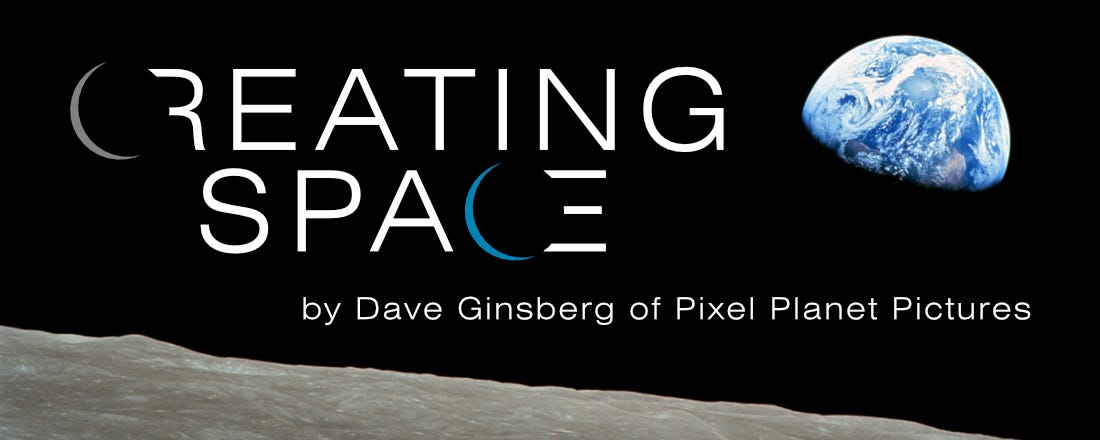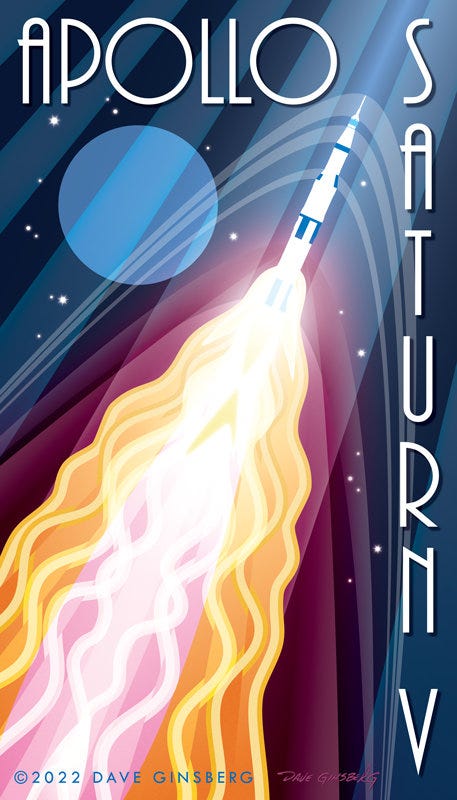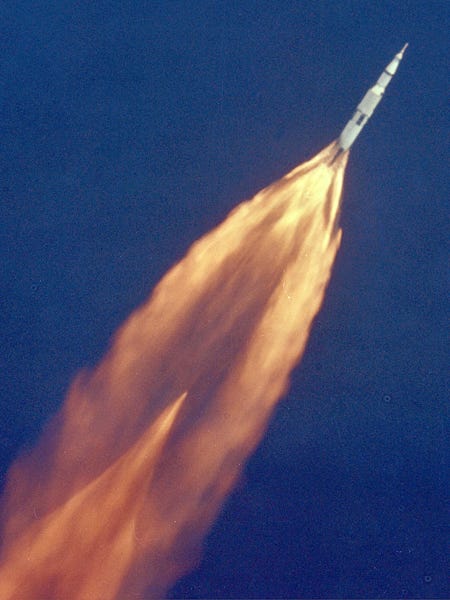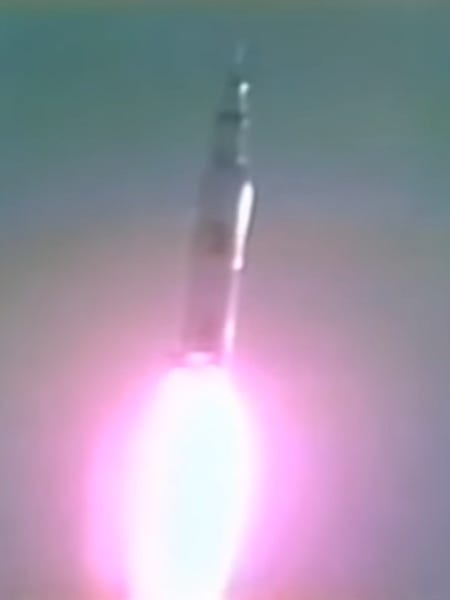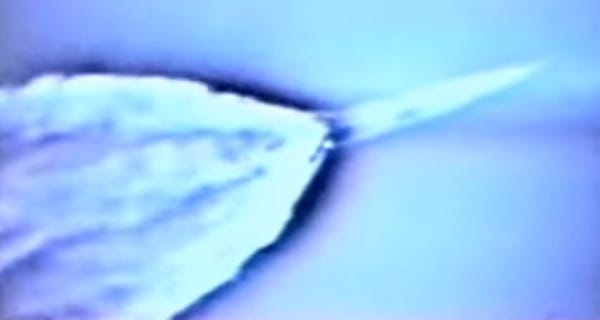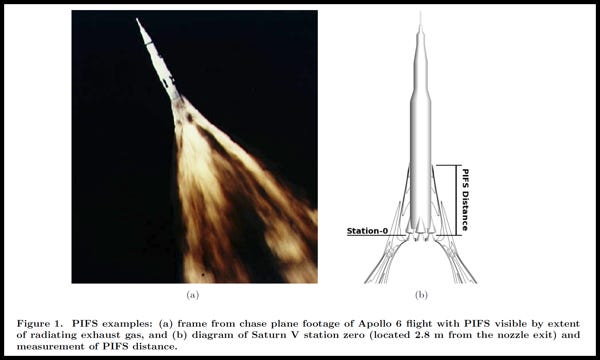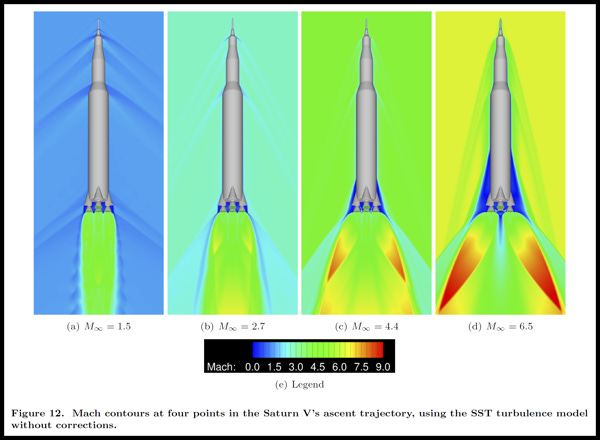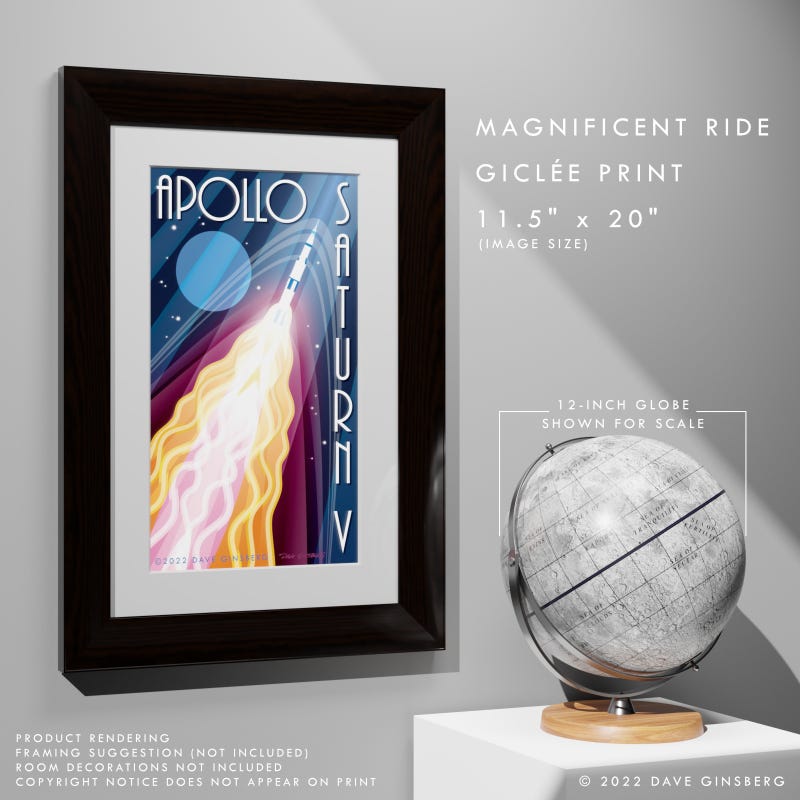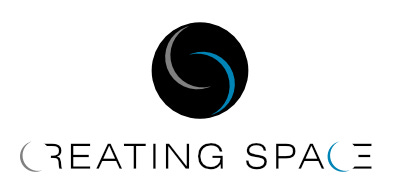Exploring the intersection of spaceflight history, pop culture, and space art.
July 16th, 2024 marks the fifty-fifth anniversary of the launch of Apollo 11. In this issue of Creating Space, I share a work of art inspired by the spectacular imagery of that day’s launch.
Are you new to Creating Space? It’s the NERDSletter that explores the intersection of spaceflight history, pop culture, and space art. You can find this and all other posts at creating-space.art.
Space Art of the Month
Magnificent Ride
"Eh, Houston, Apollo 11. That Saturn gave us a magnificent ride."
- Neil Armstrong, July 16, 1969
Those were the words of Neil Armstrong, commander of the first manned mission to land humans on the Moon, after the mighty Saturn V rocket boosted their spacecraft on a trajectory to reach Earth's natural satellite.
Magnificent Ride celebrates the Saturn V rocket which boosted the Moon-bound Apollo missions to their celestial targets. In this piece, I have attempted to capture the awesome beauty of the giant exhaust plume from the Saturn V’s first stage rocket engines.
The Saturn V was the largest, most powerful rocket built and successfully flown up to the time of the Apollo missions. It held that reign for over fifty years until Artemis 1 surpassed it, in terms of liftoff thrust if not total vehicle height, in November 2022. Its five F-1 first stage engines put out a combined seven-and-a-half million pounds of thrust. Together with the other two stages, there was enough power to send the entire third stage and its payload of the Apollo spacecraft on a path to the Moon.
Inspiration
The inspiration for this piece is a photo taken from an Air Force tracking aircraft as Apollo 11 roared skyward. One of the most impressive and beautiful aspects of a Saturn V launch was the massive first stage exhaust plume. The flames extended several times the rocket's length behind the Saturn. The gases expanded into the increasingly rarefied atmosphere as the rocket ascended, painting out beautiful and intricate yellow and orange patterns against the blue sky.
In Magnificent Ride, I have stylized the impressive plume while maintaining the spirit of the exhaust's structure. As was the case with the actual Saturn V, I show the flames climbing up the sides of the first stage. I also show the shock waves emanating out from the vehicle as it reaches and exceeds supersonic speeds. The dark purple colors surrounding the bright flames are reminiscent of the visual artifacts caused by the television cameras of the times.
The Science Behind the Art
I have always been impressed by the awesome beauty of the giant exhaust plume from the Saturn V first stage rocket engines. Equally as fascinating for me has been what appears to be flames climbing up the sides of the rocket, seemingly engulfing much of the first stage. Was this an artifact of the perspective from which the photo was taken? Or, was it really happening – and was it dangerous? In doing research for this artwork, I found that it was indeed happening and it was planned for.
As rockets ascend higher into the atmosphere on their way toward the vacuum of space, the pressure of the exhaust gasses causes the plume to expand into the lower pressure air surrounding it. The expanding gasses obstruct the oncoming air flow resulting in separation away from the sides of the rocket. Aerodynamics engineers call this phenomenon plume induced flow separation (PIFS). The result of all this is that some of the hot exhaust flames from the engine plume get sucked back up the sides of the rocket relative to the surrounding airflow.
This diagram produced by a computer model shows how far up the Saturn V the flow separation can extend. It is taken from a paper presented at an aerospace industry conference in 2011.1
Engineers were familiar with this phenomenon and accounted for it in the design of the thermal protection of rockets, so there was little danger of the rocket blowing up due to the flames partially engulfing it. Even knowing this, it can be somewhat startling when you first notice it in the old photos and films of the Apollo launches.
In Magnificent Ride, in addition to showing the flames creeping up the sides of the Saturn V, I have also represented the shock waves that emanated out from the vehicle as it reached and exceeded supersonic speeds. This diagram, taken from the same research paper2, shows how the angle of the shock waves changes as the speed of the rocket increases. It also illustrates that the shock waves form where the diameter of the rocket increases at certain points along its length. I think the figure, itself, is arguably a work of art.
Launching Memories
I hope that Magnificent Ride serves to bring back memories of the Apollo launches, if you are of an age to have seen them. I recall watching every special space news bulletin on television that I could. My mom would even go through the TV Guide and mark the times that the television networks were scheduled to interrupt their regular programming to bring us the latest news about, and from, space.
If the Apollo flights were before your time, my wish is that this artwork gives you a glimpse into the power and daring excitement that those flights demonstrated. In either case, I hope you have a renewed appreciation for the artwork and the science that lies behind it.
Merch of the Month
Magnificent Ride Giclée Print
Magnificent Ride celebrates the Saturn V rocket which boosted the Moon-bound Apollo missions to their celestial targets. In this piece, I have attempted to capture the awesome beauty of the giant exhaust plume from the Saturn V’s first stage rocket engines.
About Giclée Prints
Open edition giclée prints of select images are custom ordered for you by the artist. Open editions are an affordable way to enjoy uniquely styled art while giving you the option of enhancing the look of your home with your own display frame. Made with high-quality archival inks on fine art papers.
Prints of select images are custom ordered for you by the artist. Professionally produced by a leading photographic printing lab in the United States. Framing suggestions and room decorations are not included.
FREE SHIPPING ON ALL ORDERS WITHIN THE U.S. (Excluding Zazzle products.)
(NOTE: I currently ship exclusively to the U.S.)
SOCIAL IMPACT
Your purchase from Pixel Planet Pictures helps support and promote space-related STEAM organizations and initiatives that enable and inspire students and youth to learn, develop, and pursue passions in science, technology, engineering, arts, and math.
Don’t forget to use your discount code, below, for 15% off.
A special offer for readers of Creating Space ...
As a special thank-you for reading Creating Space, I am offering a discount on my artwork.
Simply use code CREATINGSPACE15% for 15% off your entire order from the Pixel Planet Pictures shop.
My space-inspired art portfolio can be found at pixel-planet-pictures.com. You can also follow me on Instagram (pixelplanetpics).
Do you know fellow Space Geeks who might enjoy Creating Space? Invite them into this space, too!
Did you miss a post? Catch up here.
If you enjoyed this article please hit the ‘Like’ button and feel free to comment.
All images and text copyright © Dave Ginsberg, unless otherwise noted. All rights reserved.
49th AIAA Aerospace Sciences Meeting, Jan. 4–7, 2011, Orlando, Fl
Best Practices for CFD Simulations of Launch Vehicle Ascent with Plumes - OVERFLOW Perspective
Marshall Gusman, Jeffrey Housman, ELORET Corporation, 465 S. Mathilda Ave. Suite 103, Sunnyvale, CA 94086
Cetin Kiris, NASA Ames Research Center, Moffett Field, CA 94035





